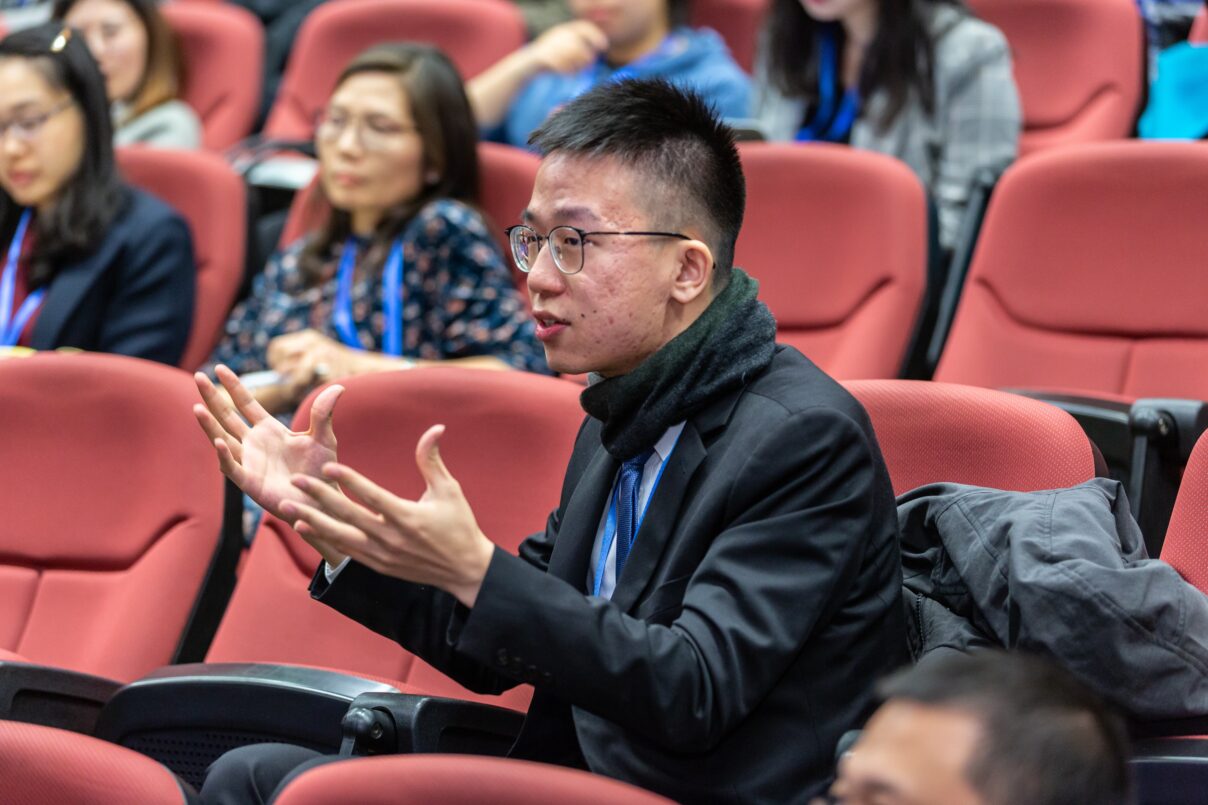Using Authentic Assessment to Foster Critical Thinking in Politics

Who?
Lindsay Jones teaches Politics at the International Study Centre (ISC). The ISC provides a ‘year 0’ programme that prepares students to study degrees at Durham University.
What?
For their final summative assessment, students are required to write a realistic, 2000-word speech for the UK Parliament from a certain ideological standpoint. All students write on the same topic, but choose which ideological lens to use and which arguments and counterarguments to employ. Two formative assessments relate directly to the summative speech, which is supported by regular in-class learning activities.
When?
The speech has been part of the module assessment for a number of years, but it has been expanded, and the element of choice added. The formatives were also changed to feed into the summative. Students studied this module for the full academic year, and worked on their parliamentary speech assessments throughout the second term.
Why?
A parliamentary speech that employedpersuasive skills and a certain political ideology more closely mirrored what those involved in politics actually do than an essay or exam about ideologies or rhetorical devices. The assessment was structured so that students built it up over time, which made it more likely that their learning journey would be visible to both themselves and to the lecturers, as well as more accurately reflecting ‘real-world’ scenarios.
How?
Students were prepared for this type of assessment throughout the module. In the first term, they participated in a summatively assessed debate, and in the second term learned about the different political ideologies that they were going to employ in their speeches. A flipped classroom model allowed for plenty of in-class activities that stretched students’ understanding of module concepts, including the ideologies that had been introduced, and their skills in crafting political speeches. The first formative assessment required students to research the ideology that they intended to use in their speech, and the second to draft an outline of the speech. Students were encouraged to engage with inner feedback as well as feedback from the lecturer, both of which contributed directly to their summative speech.
How did it go?
The students seemed to enjoy the assessment while at the same time finding it to be quite challenging, and most did very well. This was especially the case after the two formatives were redesigned to directly feed into the summative speech. It was evident that they were genuinely reflecting on their learning as they developed their speeches, and continually improving their work.
Building up the assessment over the course of the second term helped students to stay on track, and the lecturers were able to ensure that this was the case. This process also discouraged students from using external tools to construct their assessments for them, both because the formatives and in-class activities evidenced the progress that students were making, and because of the ideological and opinion-based nature of the assessment itself.
What’s next?
Lindsay and her colleagues are planning to continue working with inner feedback in order to help students understand and engage with the assessment without having to wait for lecturer feedback, as well as to build resilience and self-regulation for their future academic careers.
Delivering the speech was not part of the assessment, both because student speaking skills were already assessed in the debate and due to practical limitations. In the future, however, students might be given the option of producing their speech as a podcast or video.
